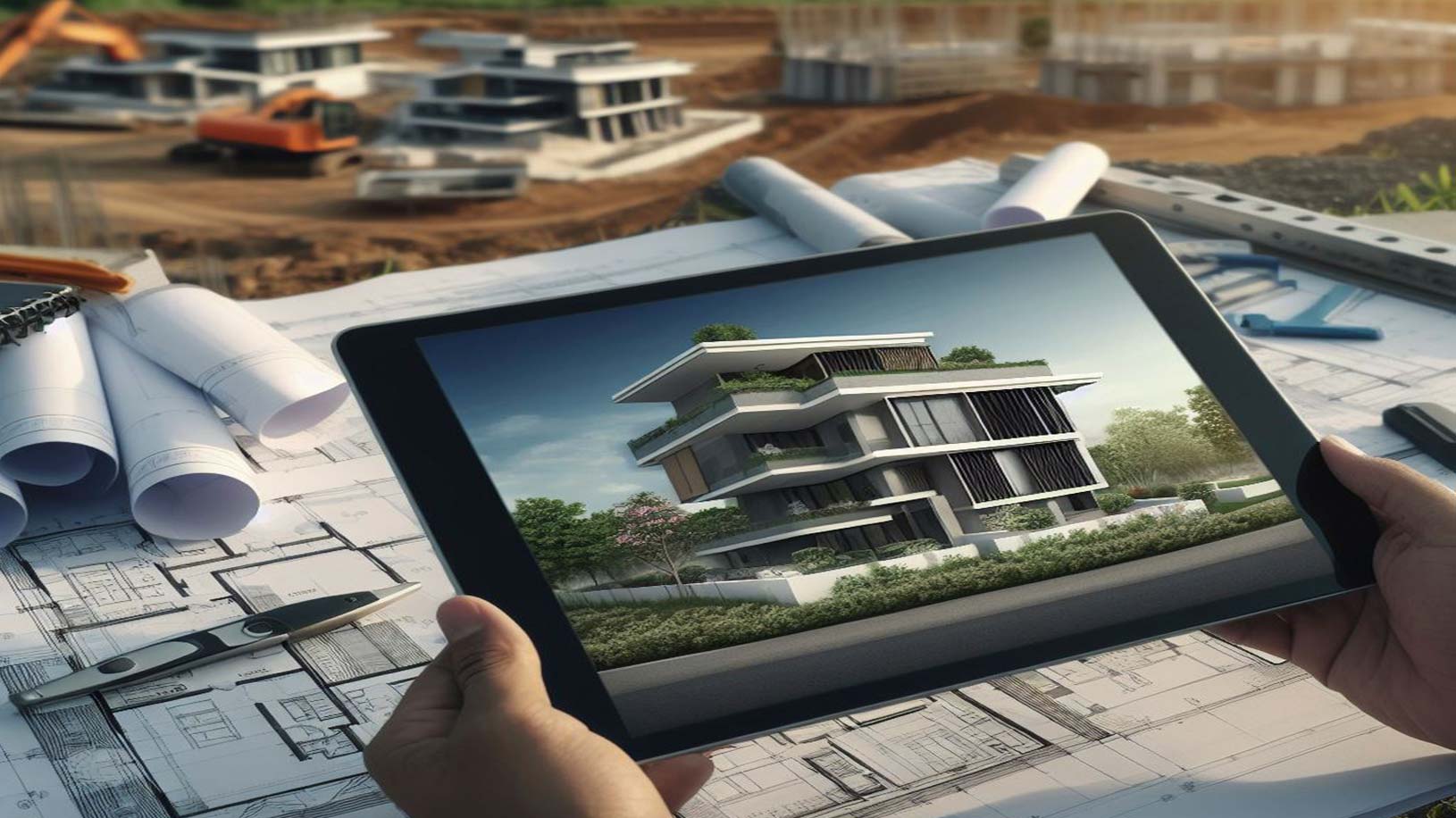After describing the previous phases in our prior article, let us now look at the subsequent phases of the BIM (Building Information Modelling) project lifecycle.
After describing the previous phases in our prior article, let us now look at the subsequent phases of the BIM (Building Information Modelling) project lifecycle.
-The execution project: this stage of development requires greater precision in the documentation and project details that are delivered to the client. It is the BIM Manager who establishes the degree of LOD, or level of development of the models at a minimum value of 300. At this point, the installations are calculated, dimensioned and simulated, as well as the structural design. At the same time, the measurement and budgeting process begins, for which precise information is extracted from the model. The role of the BIM Coordinator becomes important; they are responsible for connecting the models involved in the project and checking for possible collisions between disciplines. The goal is a correctly coordinated model before construction.
–Construction phase: at this stage the BIM methodology offers its full potential, and its application is essential. Proper planning will prevent delays in deadlines and generate cost savings. The BIM model, which is still alive and subject to change, enables the comprehensive coordination of documentation between the different teams. It facilitates effective collaboration between all the companies, disciplines and agents involved in the project. An as-built model completes this construction phase, which will be fundamental for the next stage.
–Maintenance phase: we have an accurate virtual model of the complete building or project as it was built. If all the necessary information has been recorded in the CDE, or Common Data Environment of the project, we will have a model that will facilitate decision-making in the real world. Decision making will be oriented to the management of equipment substitution, to the verification of construction systems in different areas, to the repair of installations, to the creation of spaces for operators, to the generation of user manuals and warranty documentation, amongst others.
–Dismantling or demolition: although buildings tend to have a long life-span, by allowing professionals to plan for the end of their life cycle, the BIM methodology focuses on sustainability. This planning includes the possibility of carrying out replacements of both exterior and interior construction elements or, in the case of building demolition, calculating and assessing the amount of waste that will be generated and the option to reuse or recycle its materials.
Although some of the phases of the BIM methodology are now more established than others, all of them offer significant management advantages.
If you would like to read (or re-read) Part I of our account of the BIM project lifecycle, you can do so here:
Life cycle of a BIM project (I)
By David González Molina, BIM Manager in Amusement Logic’s Architecture Dept.







